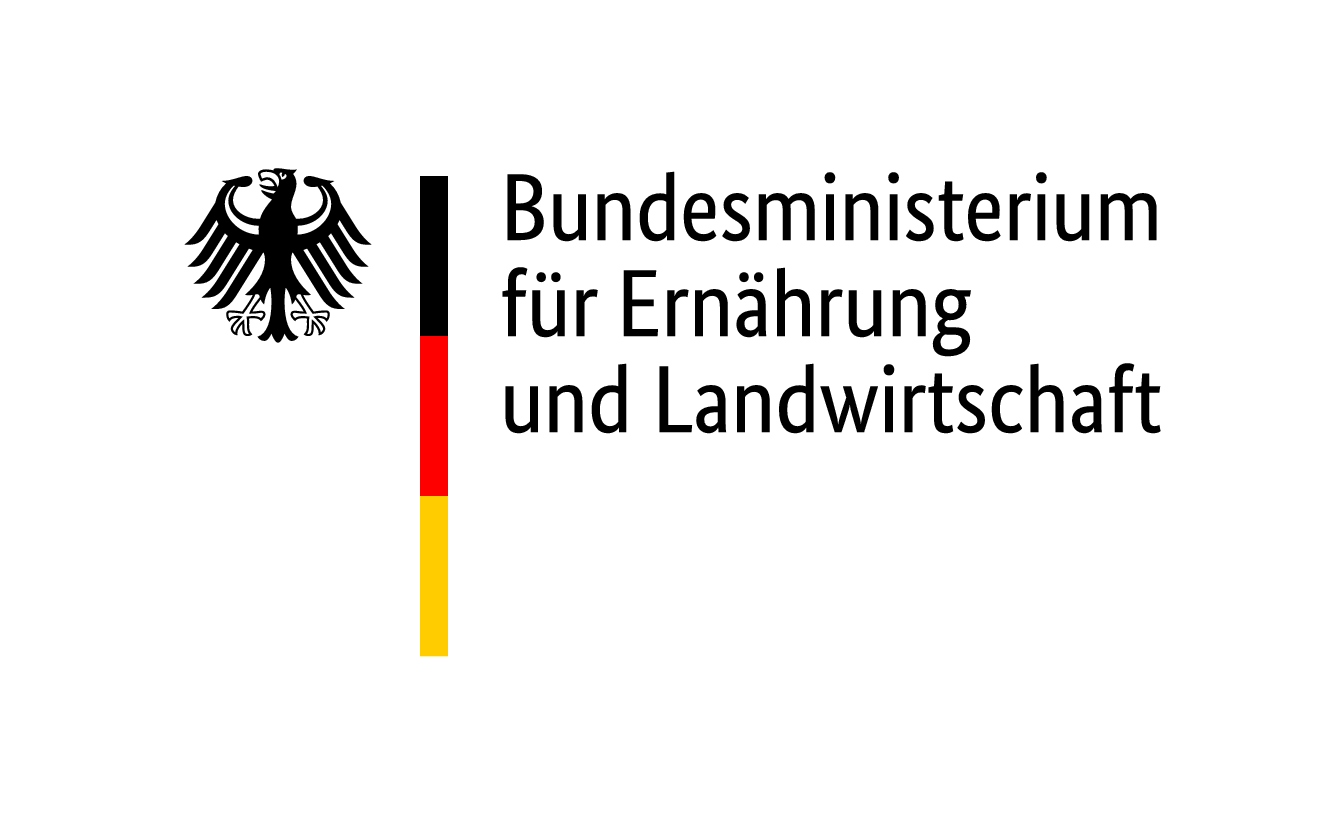Moving to the EU with Pets
Timing is of the essence when it comes to making preparations (vaccinations, rabies antibody tests, deworming, securing an appropriate transport carrier, booking a place for your pet on a flight etc.), so start research and planning at least six months ahead of time if coming from outside of the EU!

EU Animal Importation Regulations
Commerical vs. Non-Commercial Movement
When moving to Germany (or any other EU country) with animals, the importation will be classified as either non-commercial (i.e. for personal reasons) or commercial (i.e. for business) and the appropriate set of regulations must be followed. Non-commercial import is what concerns most of us (private trips) and is where ownership does not change upon entering the country. If ownership is to change upon entry, then commercial regulations would apply. As a rule, pets must travel with their owners; you may give written permission to another person to accompany your pet, but you must be reunited your pet within 5 days of its relocation.
Animal Limit per Person
The second factor which determines the set of regulations that need to be followed is the species of your pet. For non-commercial purposes, generally only five (5) dogs, cats or ferrets in total may be brought into an EU country by one person. When it comes to birds, likewise a total of five (5) individuals may be imported by the one person. For rabbits and rodents, there are less restrictions - three rabits are permitted per person (permission must be requested for additional individuals), for guinea pigs, hamsters etc. there are no special conditions that need to be observed.
There is one exception to the rule of travelling with more than the maximum allowable individual animals, which concerns temporary visits for the purpose of attending competitions or events (e.g. dog shows, sport competitions, training seminars etc.). For these conditions to be met, the pet must be at least six months old and you must carry written proof of registration for the events.
General Requirements
- Dogs, cats and ferrets coming from another EU country need to have a pet passport and be uniquely identifiable by tattoo or microchip.
- If you're moving from outside of the EU, a health certificate with proof of a valid rabies vaccination given at least 21 days before entry (and rabies antibody titer test, if applicable - make sure to check the requirements for your country of departure) will suffice in place of a pet passport.
- For certain countries (Finland, Ireland, Malta, Norway and Northern Ireland), treatment against the tapeworm Echinococcus multilocularis is also required.
- Birds that are not vaccinated against bird flu need to undergo quarantine for 10 days - be sure to check the exact requirements. In addition, all birds must stay at their intended place of residence for a period of at least 30 days upon arrival before they can participate in shows or other events.
- Rabbits and rodents kept as pets, can move freely between EU countries without vaccination or quarantine requirements. However, they will require a 6 month quarantine if coming in from outside the EU.
In all cases, timing is of the essence when it comes to making preparations (vaccinations, rabies antibody tests, deworming, securing an appropriate transport carrier, booking a place for your pet on a flight etc.), so start research and planning at least six months ahead of time if coming from outside of the EU!
Dog Breed Restrictions
One thing that is very important for dog owners to be aware of, is that there are breed restrictions which differ from one country to another within the EU, and even within different regions of a country. Depending on the country (and breed), this may mean that you cannot import, breed, buy or export these breeds. On top of that, there may be additional norms in place when it comes to housing, transportation and muzzle regulations, for dogs over a certain size. Be sure to check your destination country for the exact regulations and if possible, bring proof of ancestry for your dog. For purebred dogs, this means a pedigree or other form of registration, for mixed dogs this could mean a certification from the vet or a DNA test.
For more information on restricted breeds in Germany you can check out this link. An overview of the different regulations in place by state is provided below.

Key
1: The breed is listed as dangerous.
2: Dog is presumed as dangerous, but this can be refuted (via temperament test).
X: The breed is listed as dangerous, there is no distinction between category 1 and category 2. The aforementioned categories are defined differently in each state.
Transportation
Many public transportation options in continental Europe, with the exception of intercity buses, allow for pets to accompany you. In Germany, all but intercity and international buses allow pets to accompany their owners. However, unlike in Scandinavia and some other countries, dogs travelling outside of a carrier need to have the equivalent of an unaccompanied child's ticket. As a rule, if travelling outside of a carrier they also need to be leashed and wear a muzzle. In Berlin, dogs are included on time-based tickets (day pass, weekly pass, monthly pass, yearly pass) - if you are travelling on a single trip, however, you will need to buy an additional ticket for your dog. In cars, pets are required to be inside of a carrier or to be otherwise secured.
Sources









